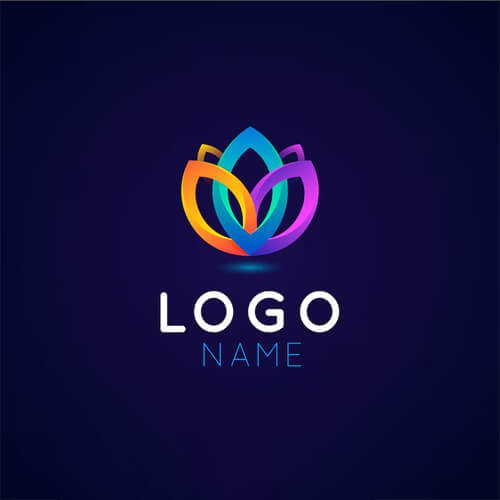Description
1. Primary Logo Design
- Main Logo: The core logo representing the business in full color.
- Custom design, with thoughtful consideration of the company’s values, target audience, and industry.
2. Logo Variations
- Horizontal Version: A wider version of the logo for banners, websites, and email signatures.
- Vertical/Stacked Version: A more compact logo for use in spaces where height is constrained.
- Icon or Symbol Version: A simplified logo version that can be used for social media profiles, favicons, or app icons (typically a version that only includes the icon or a monogram).
3. Color Options
- Full Color Version: The main logo in its standard color scheme.
- Black & White Version: A logo version that works in monochrome for instances where color isn’t possible.
- Single-Color Version: A more minimal design version for specialty uses (e.g., embossing, certain merchandise).
4. Logo File Formats
- Vector Files (AI, EPS, SVG): These files are scalable without losing quality, ideal for printing and large applications.
- Raster Files (PNG, JPG): Files for digital and online use, with transparent backgrounds (PNG) for overlays and regular JPG files for website use.
- PDF: A high-quality, universal file format for professional printing.
- Favicon File: A smaller logo or icon for website browser tabs (typically 16x16px or 32x32px).
5. Typography
- Font Pairing: Recommendations for fonts that complement the logo and can be used for your business materials (websites, business cards, brochures).
- Custom Font (optional): If the logo involves custom typography, the font files and usage rights will be provided.
6. Color Palette
- Primary & Secondary Colors: A selection of colors (with HEX, RGB, and Pantone codes) that reflect the brand’s personality.
- Usage Guidelines: Guidance on how to use these colors across different materials.
7. Brand Style Guide (optional but highly recommended)
- Logo Usage Guidelines: How to properly display the logo, including the required clear space around the logo and examples of incorrect uses (stretching, skewing, etc.).
- Color and Typography Guidelines: Detailed instructions on how and where to use the selected fonts and colors for consistency in all communications.
- Tone and Voice: This could include guidelines for how the brand communicates with its audience, ensuring the right messaging approach (e.g., formal, friendly, professional).





